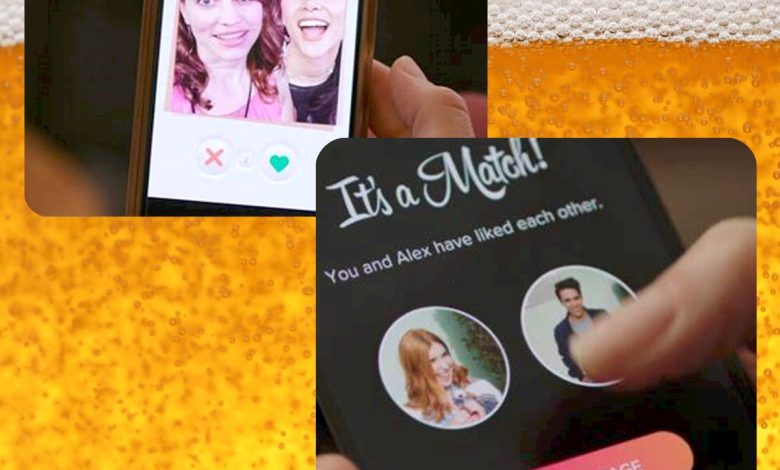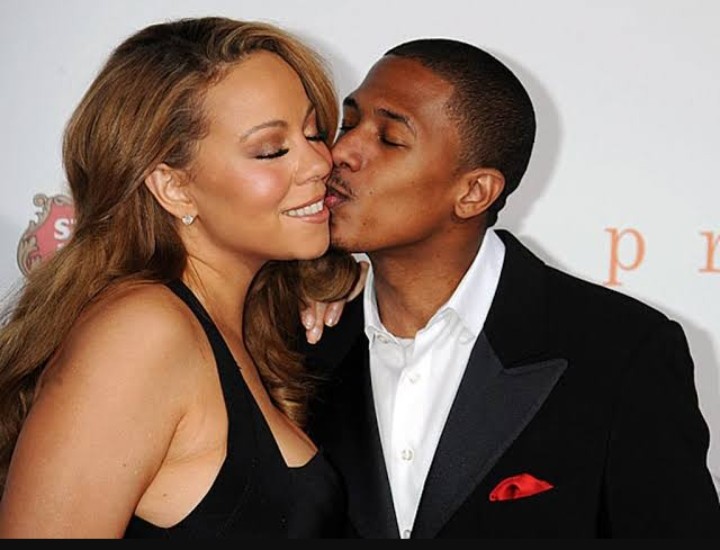
Summary
Spotting fake profiles on dating apps requires vigilance and a keen eye for detail. By understanding the common traits of these deceptive accounts and following expert tips, you can protect yourself from scams and enjoy a safer online dating experience. Remember to always prioritize your safety and trust your instincts.
Dating apps have transformed how we meet and connect with potential partners. However, the convenience of these platforms also brings the risk of encountering fake profiles. These deceptive accounts can range from simple catfishers to more malicious scammers. This guide will help you spot fake profiles on dating apps, offering expert advice and personal stories to keep you safe while dating online.
Understanding Fake Profiles on Dating Apps
Fake profiles on dating apps are created to deceive users. These profiles might be used for financial scams, catfishing, or data harvesting. Recognizing these profiles early can save you from emotional distress and financial loss.
Reasons for Fake Profiles
Fake profiles exist for various reasons, including:
- Financial Scams: Scammers create fake profiles to trick users into sending money or sharing financial information.
- Catfishing: Individuals create fake profiles to deceive others about their identity, often for emotional manipulation.
- Data Harvesting: Some profiles aim to collect personal information for malicious purposes.
- Bots and Spam: Automated profiles that send out spam or lure users to external sites.
Red Flags of Fake Profiles
1. Incomplete or Perfect Profiles
Fake profiles often have either very little information or seem too perfect. Be wary of profiles that:
- Have a vague bio or generic descriptions.
- Use professionally taken or overly polished photos.
- Make extraordinary claims without supporting details.
2. Inconsistent Information
Look for inconsistencies in the profile. Fake profiles might have:
- Contradictory information in different sections.
- Inconsistent details between the profile and conversations.
- Errors in age, location, or occupation that don’t match up.
3. Limited Photos
A genuine profile usually has multiple photos showing the person in various settings. Be cautious of profiles that:
- Have only one or two photos.
- Use stock images or photos that appear in reverse image searches.
- Show photos that don’t match the provided information.
4. Rapid Escalation of Intimacy
Fake profiles often try to escalate the relationship quickly to gain your trust. Be suspicious if:
- They express intense emotions or affection early on.
- They avoid video calls or face-to-face meetings.
- They make excuses to not meet in person.
5. Requests for Money or Personal Information
One of the most obvious signs of a fake profile is when they ask for money or sensitive information. Be cautious if:
- They ask for financial help due to an “emergency.”
- They request personal details like your address or bank information.
- They direct you to click on external links or download attachments.
Expert Tips to Spot Fake Profiles
1. Use Reverse Image Search
Perform a reverse image search on profile photos. This can help you identify if the images are stolen or widely used on the internet. Tools like Google Image Search can be invaluable.
2. Verify Through Social Media
Check if the person has linked their dating profile to other social media accounts. Genuine profiles often have consistent information across multiple platforms. Look for mutual friends or common connections.
3. Ask Detailed Questions
Engage in meaningful conversations and ask specific questions that require detailed answers. Fake profiles often struggle to maintain a consistent and believable story.
4. Be Skeptical of External Links
Avoid clicking on links sent by your match, especially if they direct you outside the dating app. Scammers often use links to phishing sites or malware.
5. Report Suspicious Profiles
Most dating apps have mechanisms to report suspicious profiles. Use these features to help keep the platform safe for everyone.
Personal Experience: My Encounter with a Fake Profile
Several years ago, I matched with someone who seemed perfect on paper. Attractive, successful, and with an engaging personality, it felt too good to be true. After a few weeks of messaging, they claimed to have a financial emergency and asked for a loan. This raised red flags for me, and I decided to do a reverse image search on their profile picture. To my surprise, the image was linked to a popular model’s profile on Instagram. This experience taught me the importance of being cautious and verifying information before getting too invested.
Frequently Asked Questions
How can I tell if a profile picture is fake?
You can use a reverse image search tool like Google Images. Upload the profile picture to see if it appears elsewhere on the internet. If the image is linked to multiple profiles or websites, it’s likely fake.
Why do scammers ask for money on dating apps?
Scammers often create fake profiles to exploit people emotionally and financially. They might fabricate stories of emergencies or financial distress to elicit money from unsuspecting users.
Can I trust profiles with verified badges?
While verified badges can add a layer of trust, they are not foolproof. Some scammers might still find ways to create seemingly verified profiles. Always use multiple verification methods.
What should I do if I suspect a profile is fake?
If you suspect a profile is fake, report it to the dating app administrators. Additionally, avoid sharing any personal information or engaging further with the suspicious account.
Are there apps that can help identify fake profiles?
Yes, there are third-party apps and browser extensions designed to detect fake profiles. These tools can analyze profile pictures, bio information, and conversation patterns to flag potential fakes.
Is it common to encounter fake profiles on dating apps?
Unfortunately, yes. Fake profiles are relatively common on dating apps. However, by staying vigilant and using the tips provided in this guide, you can minimize the risk of falling for a fake profile.





One Comment